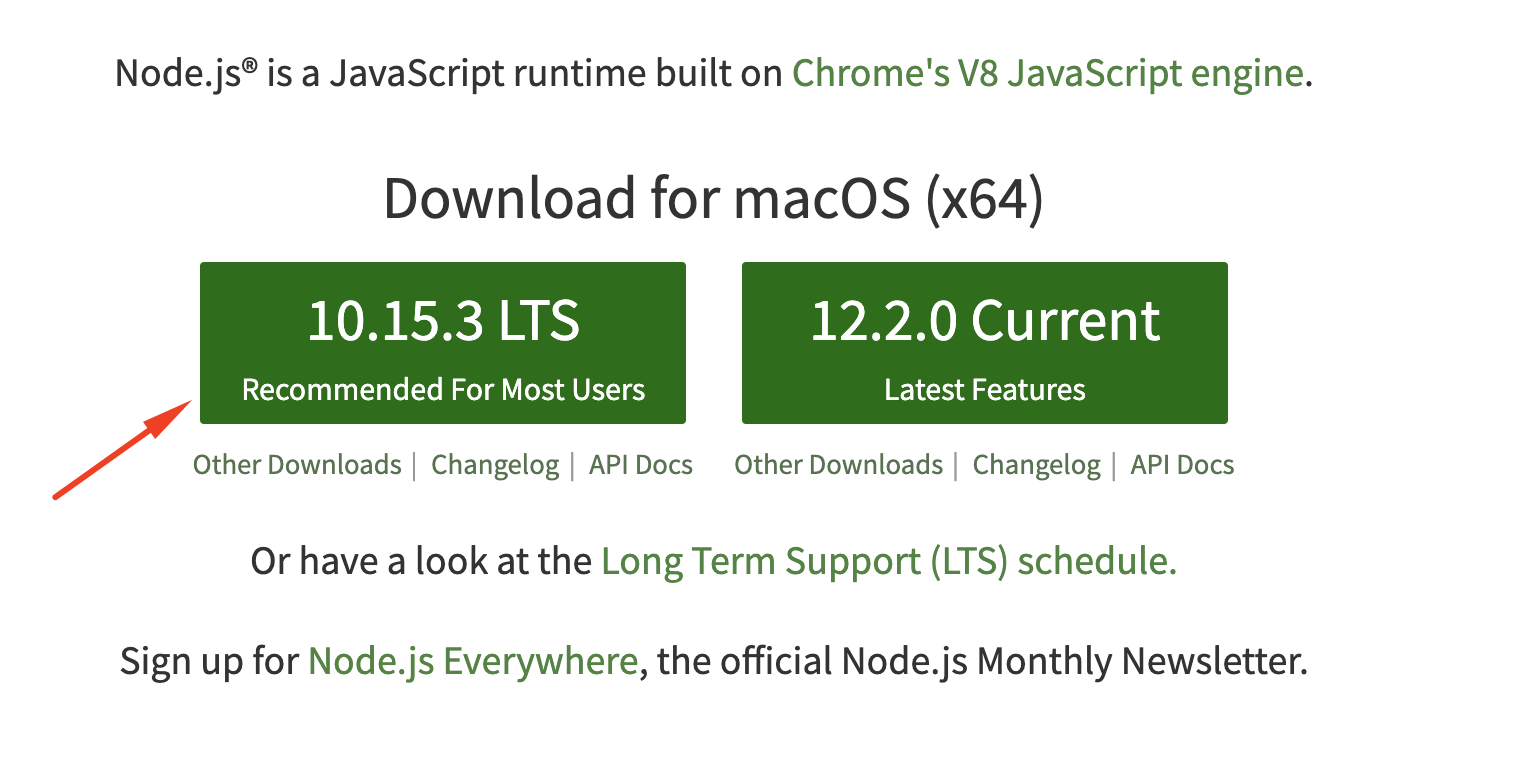

But if you're seeing weird inexplicable things in your page and using the inline editor. In addition to that, the Visualforce inline page editor can cause conflicts (first hand experience with that one), so I typically avoid it when going blazing my own trail with third party libraries. There are certain best practices to follow to avoid conflicts where another developer is using the same library, such as the well known jQuery.noConflict() best practice.ĭifferent JS libraries handle this differently. You can check the dates by looking at the compatibility table in MDN for each feature (for hasIndices it says Node doesn't support that, but it was added on Node 16, so the article is just outdated).In general, a Visualforce page is your own private playground if you're starting completely from scratch and only using your own custom functionality, you can typically use whatever you want. indices ('d' flag): Available since 2021 in browsers and Node. hasOwn(): Available since 2021 in browsers and Node. at() Method: Available since 2021 in browsers and Node. cause: Available since 2021 in browsers and Node. Static class initialization blocks: Available since 2021 in browsers and Node.Static class fields and methods: Available since 2016 in browsers and Node.Private instance fields, methods, and accessors: Available since 2019 in browsers and Node.

Top-level await: Available since 2021 in browsers, 2020 in Node.Just to clarify, these aren't "new new", they were actually released in 2021 or earlier, not 2022: Many developers utilized as an alternative IIFE (Immediately Invoked Function Expression) as a way to get access to the feature. When the async/await feature was first introduced, attempting to use an await outside of an async function resulted in a Synta圎rror. Now the await can be used at the top level of a module and can be super handy when initializing imports and creating fallbacks. This was fine until it wasn't, like when we hit the top level of our module and could not use the await keyword. Until this point, we could only use await in the scope of async functions. Private instance fields, methods, and accessors.The new ECMAScript features for this year are: Also if you want to see the ES2021 I had created the next blog post for that New JavaScript Features ECMAScript 2021 (with examples) There are some new features that have been incorporated and could be used in our javascript projects. ECMAScript 2022 is the version of ECMAScript corresponding to this year.


 0 kommentar(er)
0 kommentar(er)
